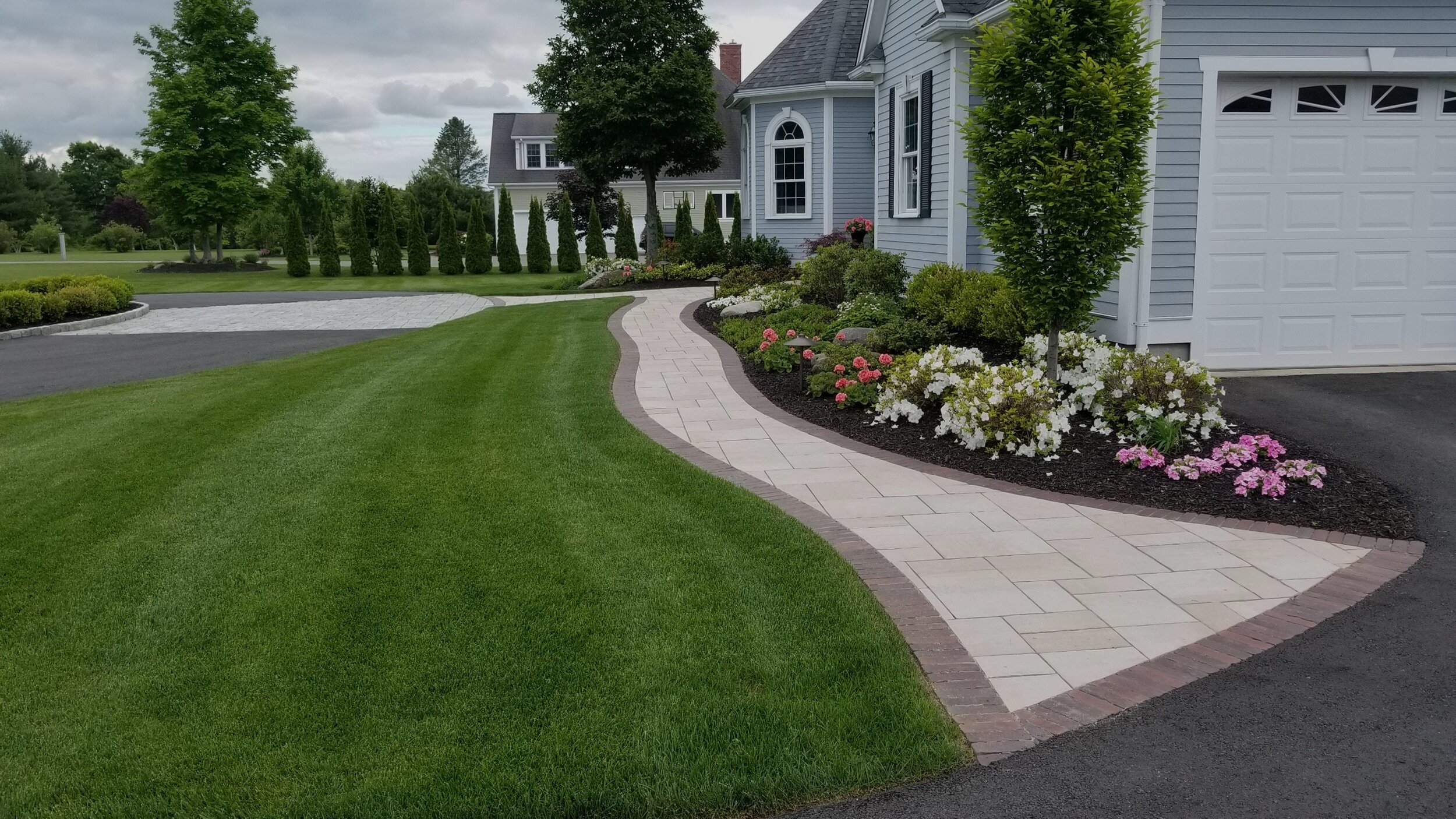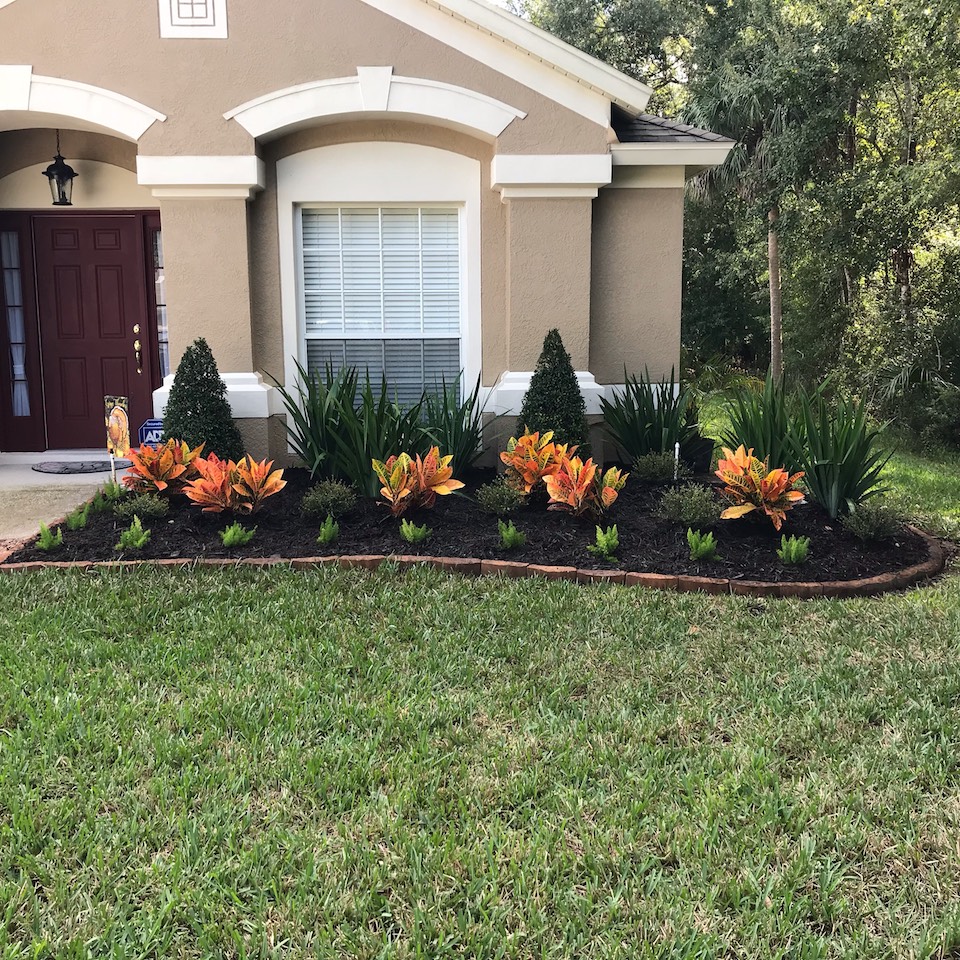Why Choosing the Right Palm Desert Landscaping Solution Issues
Why Choosing the Right Palm Desert Landscaping Solution Issues
Blog Article
A Comprehensive Guide to Creating and Implementing Effective Landscaping Solutions
The art and science of landscape design expand past mere appearances; they entail a thoughtful integration of design concepts, ecological stewardship, and practical implementation. A thorough overview to reliable landscape design services begins with a comprehensive understanding of your outdoor room, emphasizing the value of balance, percentage, and unity. As we discover lasting strategies and the choice of appropriate vegetation, the implications for biodiversity and community health come to be progressively obvious. What approaches can one use to make certain these landscapes not only prosper but also flourish in consistency with their surroundings?

Understanding Landscape Design Principles
One may question what fundamental components contribute to efficient landscape style. At its core, effective landscape layout pivots on a number of essential principles that lead the setup and choice of components within a room. These concepts include unity, proportion, equilibrium, and rhythm, each offering to develop a harmonious outdoor setting.
Unity refers to the cohesive relationship among different components, ensuring that they work together aesthetically and functionally. Equilibrium can be accomplished with symmetrical or asymmetrical setups, enabling the landscape to really feel stable and welcoming. Proportion involves recognizing the scale of aspects in connection with each various other and the surrounding setting, promoting visual consistency and comfort.

Evaluating Your Outdoor Space
Before implementing the principles of landscape design, an extensive assessment of your exterior area is important. This first analysis aids define the scope of your landscaping task and makes certain that your layout aligns with the one-of-a-kind attributes of your residential property. Begin by evaluating the dimensions of your space, taking specific measurements to recognize the offered location for numerous elements such as patio areas, gardens, and paths.
Next, observe the existing features of your landscape, consisting of topography, soil high quality, and water drainage patterns. These elements significantly influence plant selection and placement. In addition, examine the sunshine exposure throughout various locations throughout the day, as this will certainly influence the sorts of plants that thrive in your garden.
Think about the microclimates developed by structures, trees, and various other obstacles, as they can impact temperature and moisture levels. Last but not least, keep in mind of any type of existing plants or hardscape components that you want to retain or get rid of. This extensive assessment lays the foundation for a effective and knowledgeable landscaping service, making certain that your layout is not just cosmetically pleasing however sustainable and also functional for several years ahead.
Sustainable Landscape Design Methods
Integrating lasting landscape design techniques is vital for developing an ecologically liable outdoor area. These methods not only promote ecological equilibrium yet likewise enhance the aesthetic and practical worth of a landscape. One foundational method is the application of native plants, which need much less water and upkeep while supporting neighborhood wildlife. Carrying out reliable irrigation systems, such as drip irrigation, lessens water waste and ensures that plants obtain sufficient wetness.

One more reliable technique is the critical positioning of trees and shrubs to supply natural windbreaks and shade, thus reducing power expenses (Palm Desert Landscaping). Rain yards can be integrated into the landscape style to take care of stormwater drainage properly, filtering system toxins prior to they go into waterways
Picking the Right Plants
Choosing the right plants for your landscape is vital to accomplishing both aesthetic allure and environmental harmony. The procedure begins with an understanding of your neighborhood environment, dirt conditions, and the certain microenvironments within your landscape. Evaluating factors such as sunlight exposure, dampness levels, and existing flora will help you select plants that flourish in your unique setting.
Take into consideration including indigenous plants, as they are well-adapted to regional problems, require much less upkeep, and support local wild animals. Furthermore, selecting a diverse variety of varieties can boost biodiversity while decreasing the risk of disease and insect outbreaks. It is essential to evaluate the growth habits, blooming periods, and seasonal check shades of possible plants to create a natural and vibrant landscape.
In addition, consider the meant usage of the space; for instance, if the area will experience high foot web traffic, choose durable ground covers. By attentively picking plants that line up with both your ecological requirements and visual objectives, you can create a lasting landscape that not just enhances your property however also contributes positively to the bordering ecosystem.

Application and Maintenance Techniques
Once the ideal plants have been selected for your landscape, the focus shifts to reliable implementation and ongoing upkeep methods. Successful installation starts with appropriate website prep work, that includes dirt testing to identify nutrient degrees and pH, followed by amending the soil as required. Meticulously arrange plants according to their development behaviors and light needs, guaranteeing adequate spacing to advertise healthy and balanced development.
Irrigation is a vital component of implementation. Establish a watering schedule that thinks about the details needs of each plant varieties, readjusting for seasonal adjustments. Using find here drip watering systems can enhance water performance and reduce overflow.
Upkeep techniques need to be executed to make sure the long life and vigor of your landscape. Regular jobs consist of weeding, mulching, and trimming to regulate growth and avoid illness. Fertilizing should be performed based on find more information soil examinations, providing the necessary nutrients without over-fertilizing.
Monitoring for parasites and illness is important; early discovery can avoid substantial damages. Seasonal modifications to upkeep regimens, such as preparing and winterizing perennials for spring development, will certainly guarantee that your landscape remains healthy and balanced and visually appealing year-round.
Final Thought
Effective execution and recurring upkeep additionally make sure the long life and vitality of landscapes. By integrating these aspects, landscapes can be changed right into beautiful, functional environments that advertise biodiversity and contribute positively to community well-being.
One might wonder what fundamental components contribute to effective landscape style. At its core, effective landscape design pivots on numerous key concepts that direct the arrangement and option of elements within a room.Selecting the right plants for your landscape is vital to attaining both aesthetic appeal and environmental consistency. It is essential to assess the development routines, flowering periods, and seasonal shades of potential plants to create a natural and vibrant landscape.
As soon as the right plants have been picked for your landscape, the emphasis shifts to effective implementation and recurring upkeep methods.
Report this page